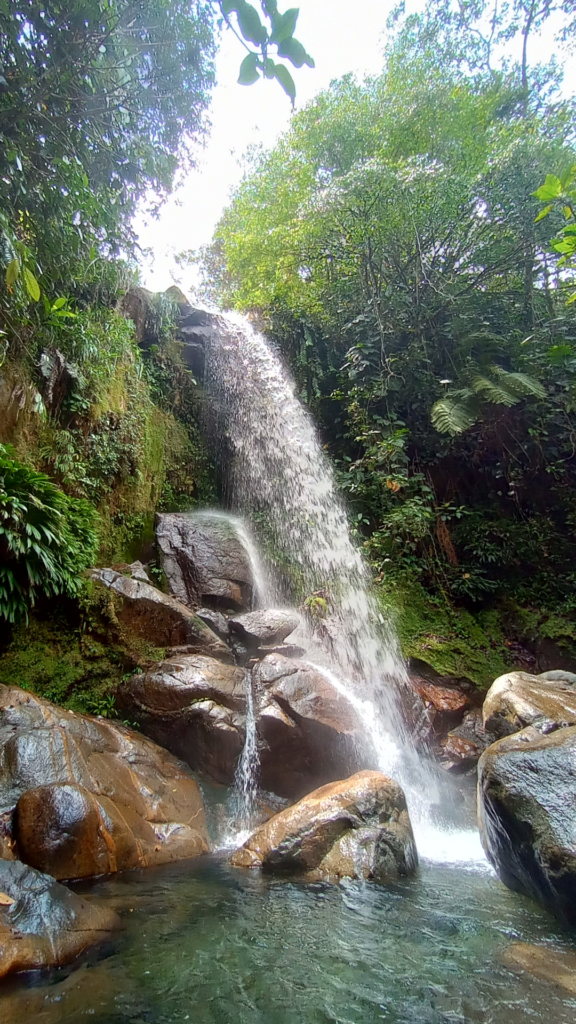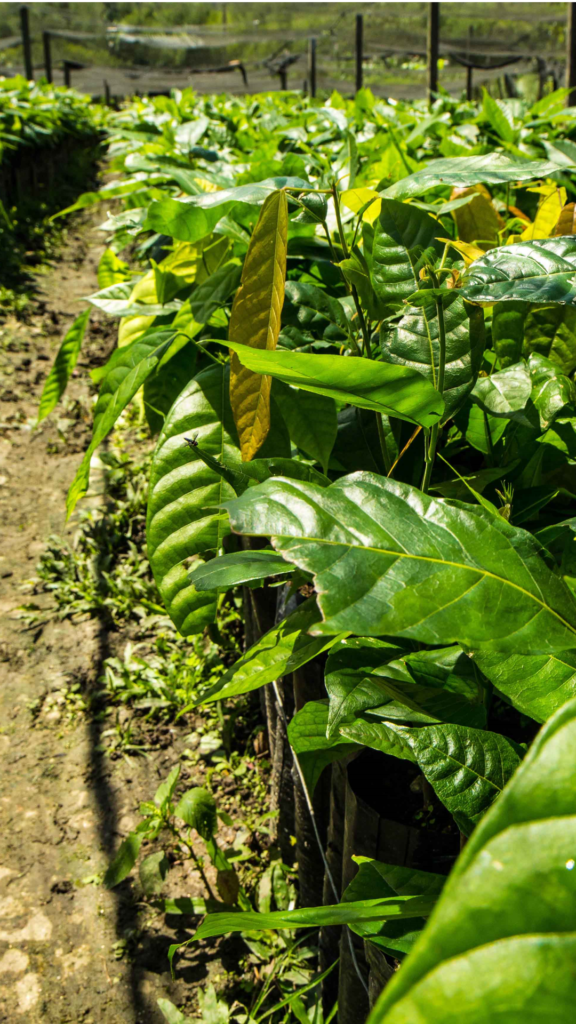Chocofruts, Family Tradition and Natural Flavor
We create unique moments by transforming cocoa fruits into delicious, sustainable and loving experiences.
Discover how passion and family unity connect with your palate and the world!

Immerse yourself in the story behind every flavor and every detail. At Chocofruts, we don't just make artisanal chocolates; we create experiences steeped in tradition and connection. Our journey begins in the heart of the municipality of San Carlos, in eastern Antioquia, where we process the fine-aromatic cacao cultivated with dedication by our farming families.
From our roots as a family, we want to invite you to discover who we are, how we carry out our processes, and the social commitment that unites and drives us. Explore the cultural and historical richness of our municipality and become part of this community passionate about quality, sustainability, and innovation.
Let us take you on a journey filled with stories, aromas, and unique flavors that reflect the hard work, love, and family unity in every product we make. Discover how cocoa connects us and how Chocofruts is part of this great family!
Our Sustainable Development Goal Focused Targets
We are committed to achieving specific targets aligned with the Sustainable Development Goals (ODS). These goals include promoting sustainable agricultural practices, conserving water and biodiversity, and strengthening the local economy through responsible initiatives. Find out how we are contributing to a more sustainable future and join our mission!







